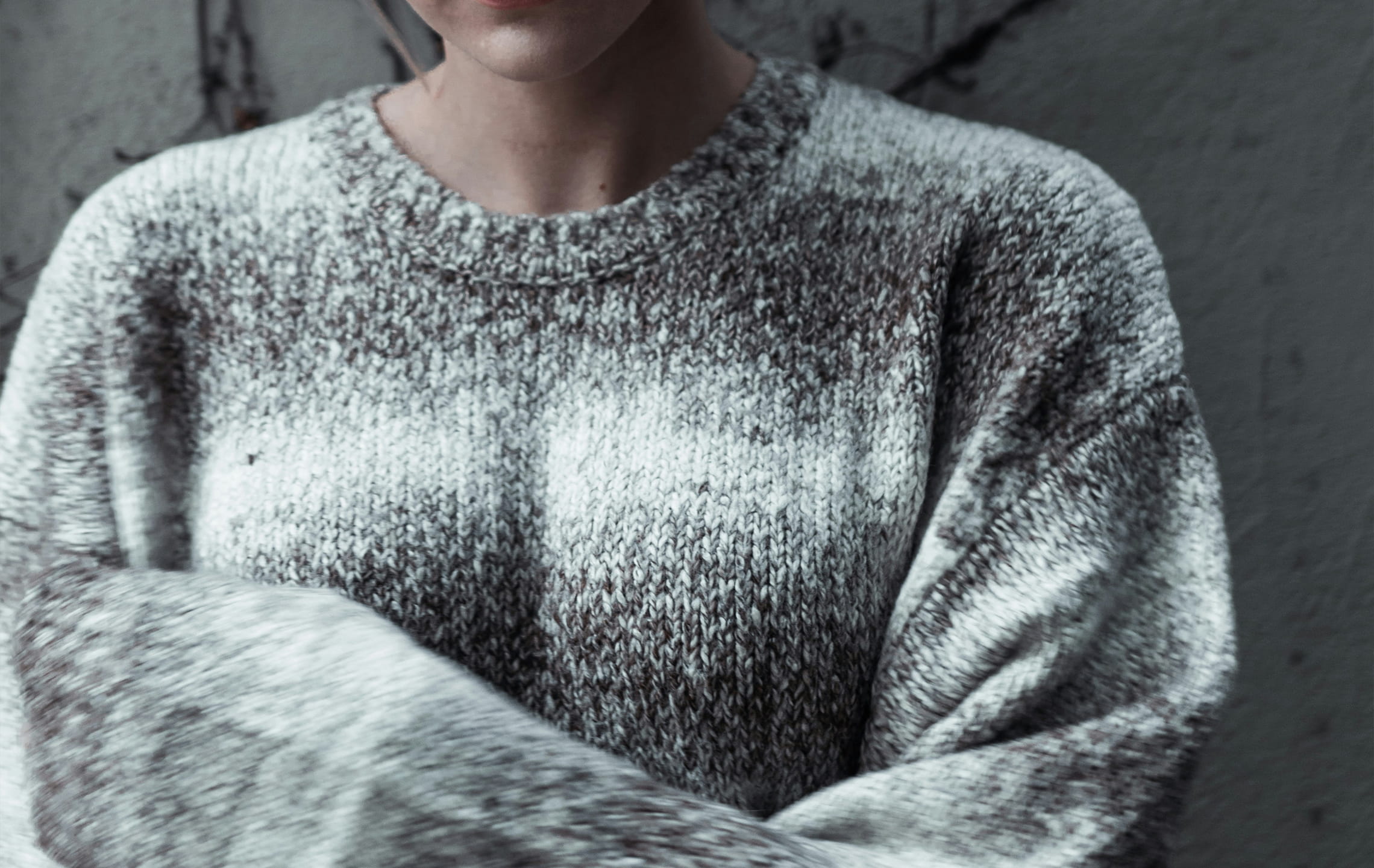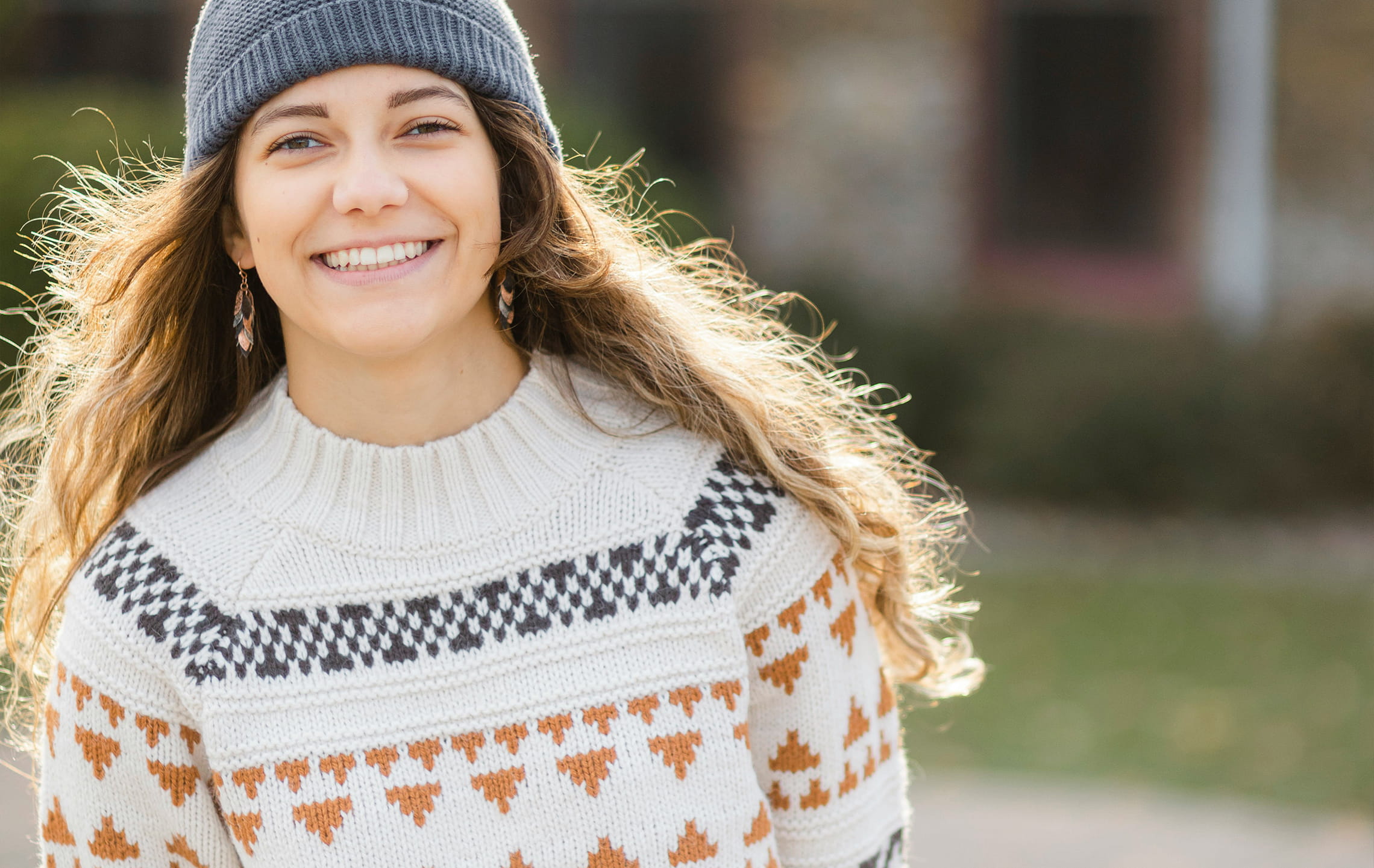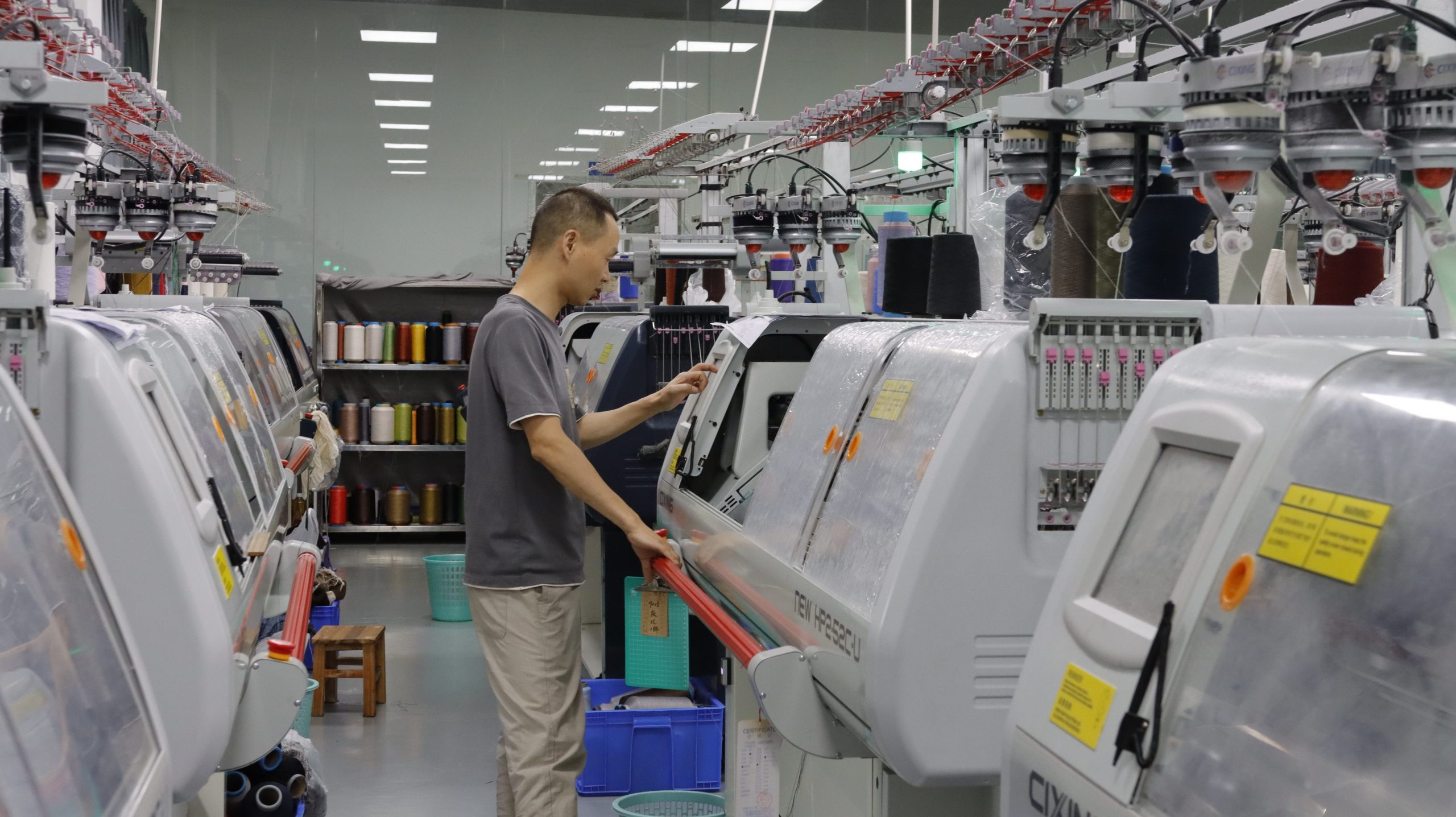Linen played a vital role in the ancient Egyptian civilization, not only for textile industry, but also used in the production of food and medicine. Ancient Egyptian pharaohs found in the tombs of a large number of artifacts and textiles related to linen, proving its importance in society at that time.
With the development of ancient trade, flax gradually spread to the Mediterranean coastal areas and all over Europe. Greeks and Romans also widely planted flax, which will be used for textiles and daily necessities of production. In the Middle Ages, flax became one of the important cash crops in Europe, its cultivation and the development of textile industry to promote the economic prosperity of the society and cultural exchanges.
Today, flax is still an important fiber crop, its durability, breathable and environmentally friendly properties make it in the fashion and home furnishings manufacturing industry is very popular. At the same time, the cultivation of flax has also been emphasized by sustainable agriculture, and its eco-friendly properties meet the needs of modern society for sustainable development and environmentally friendly production.
Despite the decline of linen in the textile industry, but it still has an important place in the field of fashion and home décor. The natural texture and texture of linen fiber makes it one of the materials favored by high-end fashion brands and home décor brands, highlighting the natural, high quality and sophisticated lifestyle.
Natural and comfortable fabric
Linen fabric is made from the fibers of the flax plant, which is a natural fabric.
It comes in colors ranging from beige to gray.
Therefore it dyes well, so it can be dyed in a variety of different colors.
Craftsmanship
The production process of linen fabric is exquisite, from primary processing to spinning, weaving, each link requires fine operation. Especially in the weaving process, the density of linen yarn and fabric thickness should be accurately controlled according to actual needs.
Generally after soaking, composting, washing and other pre-treatment, then pulping, spinning, weaving and other processes.
Its color ranges from beige to grey, so it is well dyed and can be dyed into a variety of different colors.
Advantages
Linen has excellent breathability and moisture wicking properties, so you won’t feel stuffy even in humid weather. In addition, linen has excellent antibacterial and antiseptic properties, and is less likely to mildew and harbor bacteria. Compared to cotton, linen is lighter and less prone to wrinkles, as well as being more environmentally friendly and won’t cause environmental problems like plastic.
Disadvantages
Clothing made of linen is rough to the touch and not soft enough to be comfortable. Secondly, linen clothing is easy to deform, need to pay special attention to the way of washing. Furthermore, the processing of linen is more complex, the cost is higher, so the price of linen products is also relatively high.
Use & Washing
- Uses of linen:
Linen clothing has excellent breathability and moisture absorption, even in humid weather will not feel stuffy. In addition, linen has good antibacterial and antiseptic properties, not easy to mold and bacteria. Therefore, linen clothing has become a popular choice for summer, and is widely used in T-shirts, shorts, dresses and so on.
Linen bedding and curtains, etc. can bring a refreshing and comfortable to use experience. In addition, linen can also be used to make carpets, wallpaper and other decorative materials. Because of the excellent toughness and durability of the linen material, it is widely used in sailing and outdoor sportsmen, because it is comfortable and durable to wear.
- Washing and Care Guide:
Please note that linen wrinkles easily. When washing linen sheets, do not leave them in the washer or dryer for long periods of time; remove them immediately and hang them to dry, then fold them neatly for storage.

 English
English Deutsch
Deutsch Français
Français Italiano
Italiano Español
Español Русский
Русский Polski
Polski Nederlands
Nederlands Svenska
Svenska

